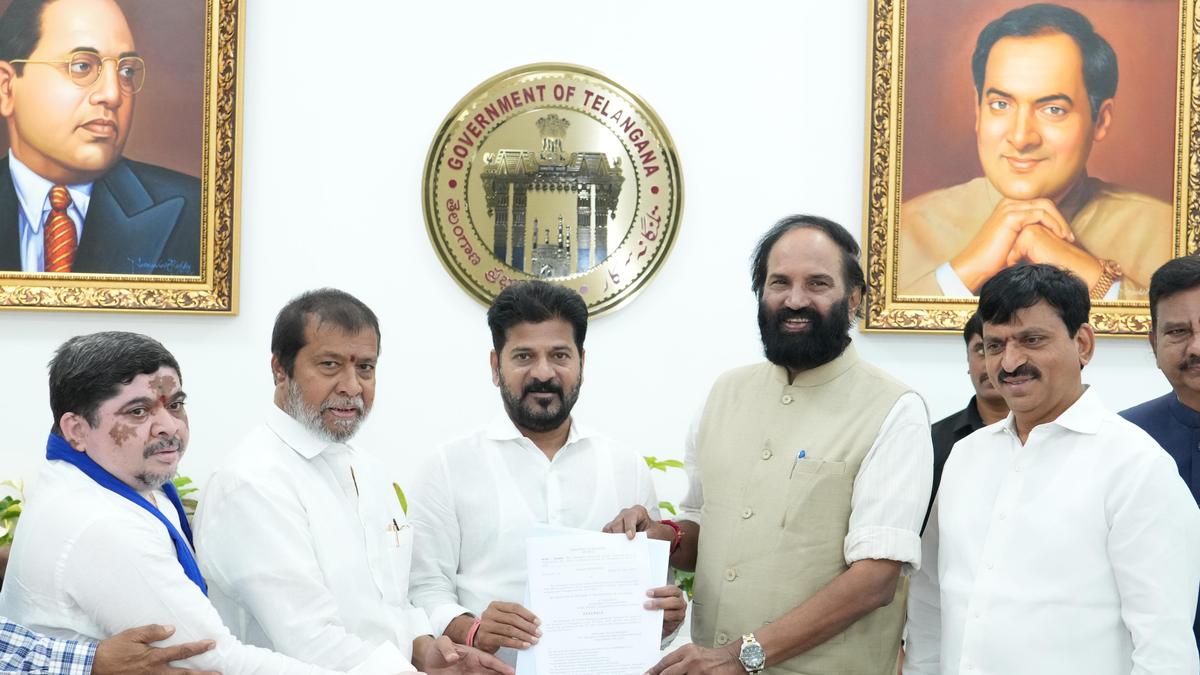
The first Indian state to establish Scheduled Castes (SC) sub-categorization became history when Telangana enacted the Telangana Scheduled Castes (Rationalisation of Reservations) Act of 2025 on April 14, 2025. This legislation follows a 2024 Supreme Court decision to create three distinct clusters of SC communities by applying backwardness criteria for socio-economic development and educational standing so the benefits of reservation maintain better distribution. Members of Group I who are the most underprivileged castes hold 1% of total reservations and Groups II and III possess 9% combined with 5% separate reservations. The decision relies on researched evidence to address strained relationships within the population. This social justice breakthrough affects upcoming political scenarios because it affects the reservation limit beyond 50%.
Context
-
About: Telangana became the pioneer among Indian states to implement Scheduled Castes (SC) sub-categorification through the Telangana Scheduled Castes (Rationalisation of Reservations) Act, 2025.
-
Implementation Date: April 14, 2025 (Ambedkar Jayanti).
-
Law: Telangana Scheduled Castes (Rationalisation of Reservations) Act, 2025.
-
The Telangana government established judicial backing through the Supreme Court ruling regarding SC/ST categorization which happened in August 2024.
-
Gazette Notification: Issued after governor's assent on April 8, 2025.
Key Points:
Details of Sub-Categorisation:
-
Number of SC Groups in Telangana: 59.
-
New Categorisation:
-
Group I (1%): 15 most backward SC sub-castes.
-
Group II (9%): 18 sub-castes with marginal gains.
-
Group III (5%): 26 sub-castes relatively better off within SCs.
-
-
The government aims at directing Target reservation support to those parts of the SC population having genuine socio-economic deprivation.
Historical and Legal Background:
-
The initiative aims to correct the persistent complaint that top sub-groups have received most benefits through SC reservation schemes.
-
Supreme Court Judgment (2024): Established legality of intra-group reservation sub-categorisation of SCs/STs.
Social Justice and Equity:
-
The approach uses actual socio-economic facts collected through education data and employment records and income measurements.
-
The approach matches the upliftment philosophy for marginalized communities that Dr B.R. Ambedkar envisioned.
-
Promotes inclusive reservation policy.
Political Implications:
-
During the local election season the Congress party aims to gain support from its voters in the Scheduled Caste and Other Backward Class groups.
-
The government increased the OBC quota to 42% which led to a public discussion regarding the 50% reservation limit.
-
Other state governments might adopt similar demands after this implementation.
Impact and Future Prospects:
-
Immediate impact on government job recruitment and educational admissions.
-
The system allows adjustments in seat reservations starting from 2026 based on changes in the SC community numbers during the following population enumeration.
-
The approach might set an example for other states provided it receives appropriate acceptable political and legal frameworks.
Conclusion
Telangana took a courageous step toward improving affirmative action through SC sub-categorization measures that help eliminate disparities between different SC groups. The policy bases its approach on judicial authorization and standardized information which aims to offer state opportunities to all SC sub-groups with equal access. The policy implementation leads to multiple constitutional challenges regarding the 50% quota limits and questions about federal control of reserving policies and prospects for copying this approach among other states. Telangana's approach represents a model which India could use to achieve both historical fairness and present-day systemic needs on its road to inclusive administration and equal treatment.



 World Heritage day 2025: Safeguarding identity amid disasters and conflicts
World Heritage day 2025: Safeguarding identity amid disasters and conflicts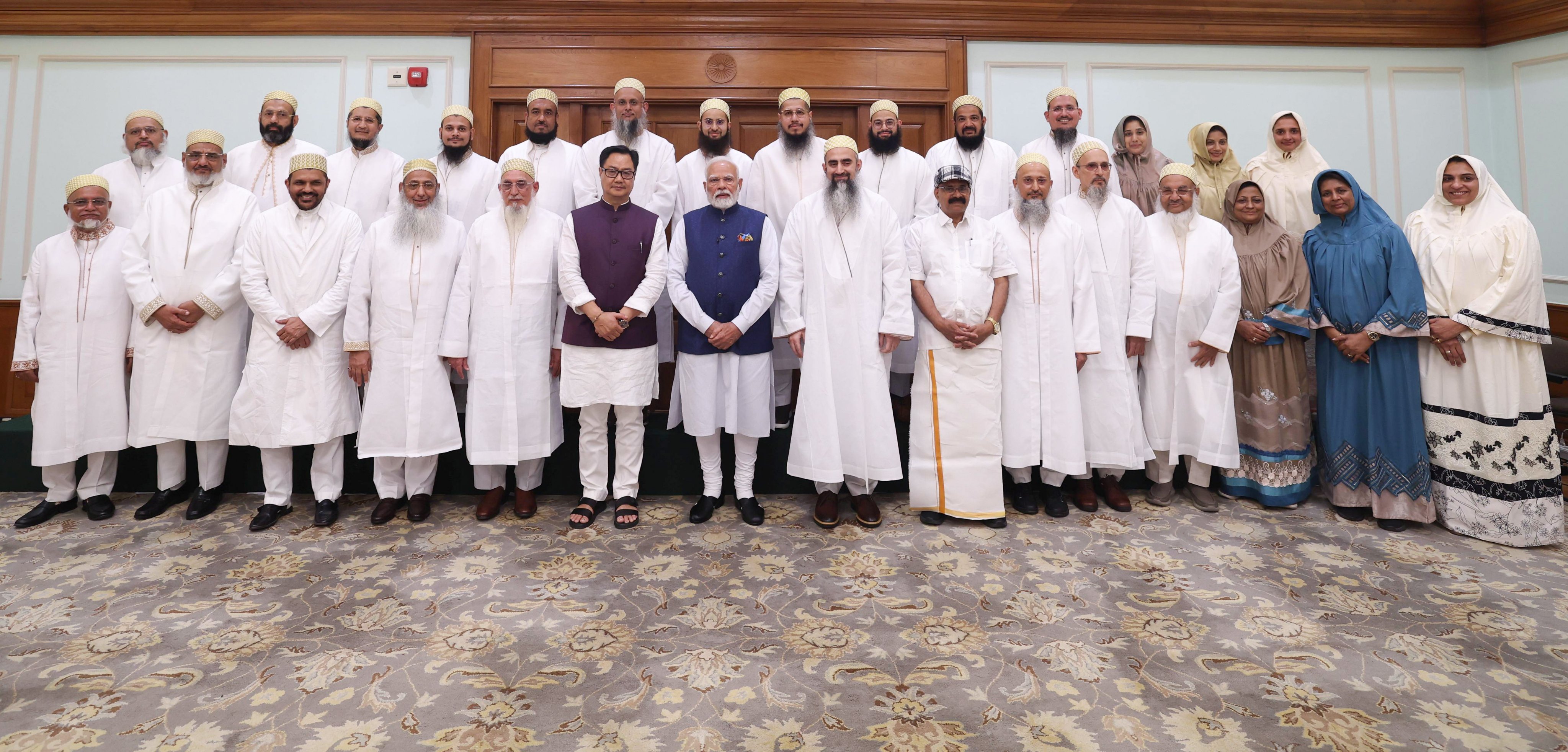 PM Modi meets Dawoodi Bohra Community, earns Praise for Waqf Reform: About Dawoodi Bohra Community
PM Modi meets Dawoodi Bohra Community, earns Praise for Waqf Reform: About Dawoodi Bohra Community Supreme Court Sounds Alarm on Rising Child Trafficking: Urges Parental Vigilance
Supreme Court Sounds Alarm on Rising Child Trafficking: Urges Parental Vigilance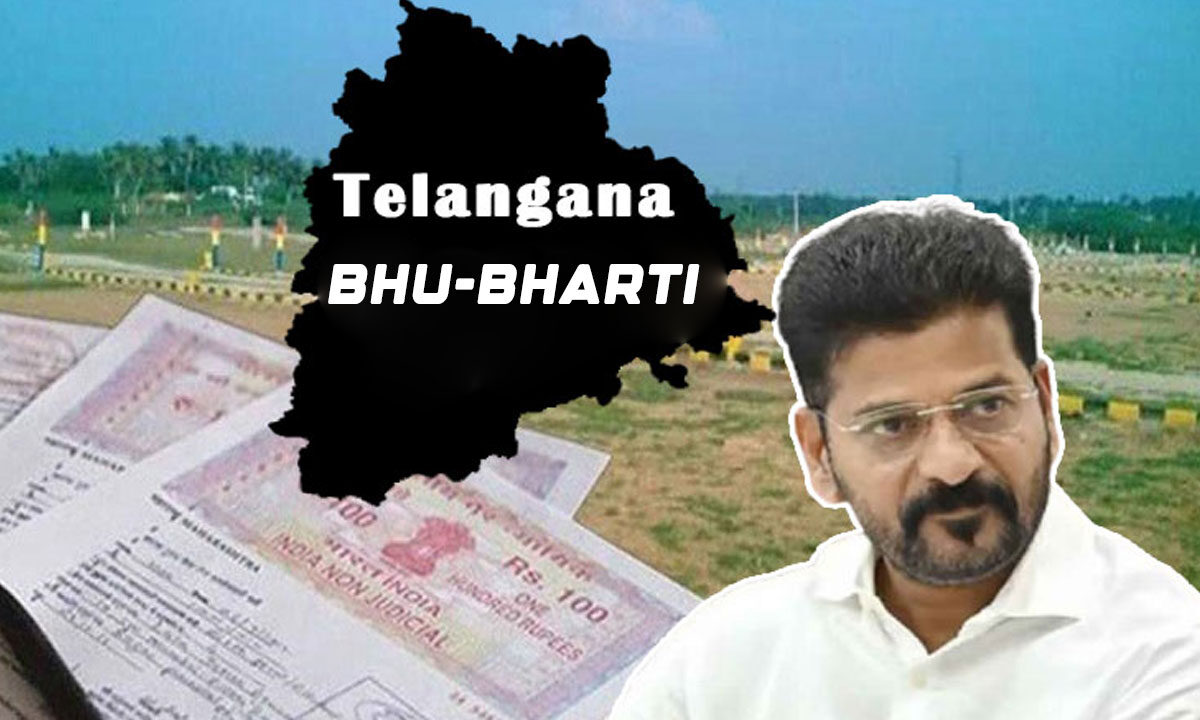 Telangana Bhu Bharathi Portal 2025: Revolutionizing Land Governance
Telangana Bhu Bharathi Portal 2025: Revolutionizing Land Governance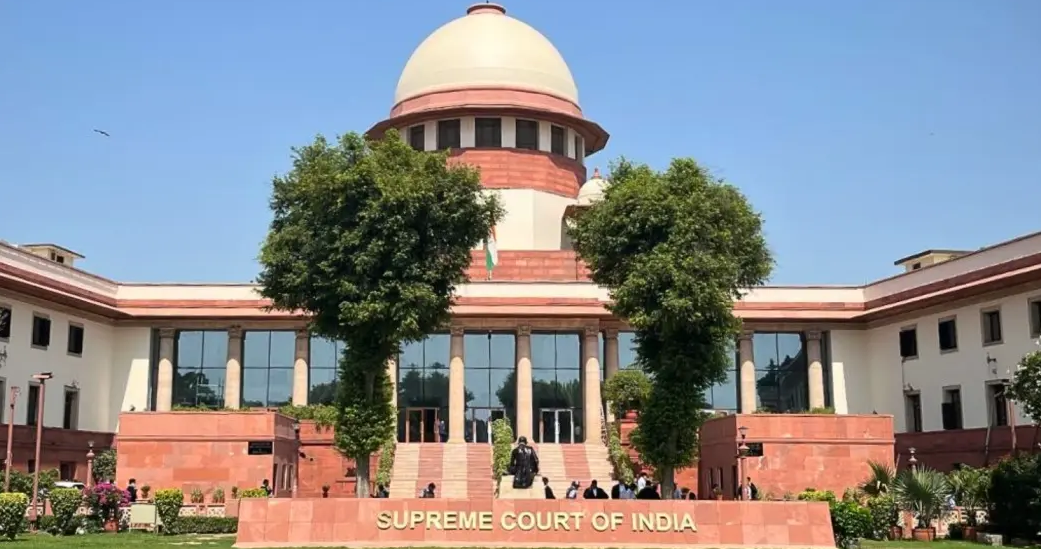 Supreme Court Declares Urdu as Symbol of India’s Composite Culture
Supreme Court Declares Urdu as Symbol of India’s Composite Culture Kerala Becomes First State to Achieve Total Digital Literacy
Kerala Becomes First State to Achieve Total Digital Literacy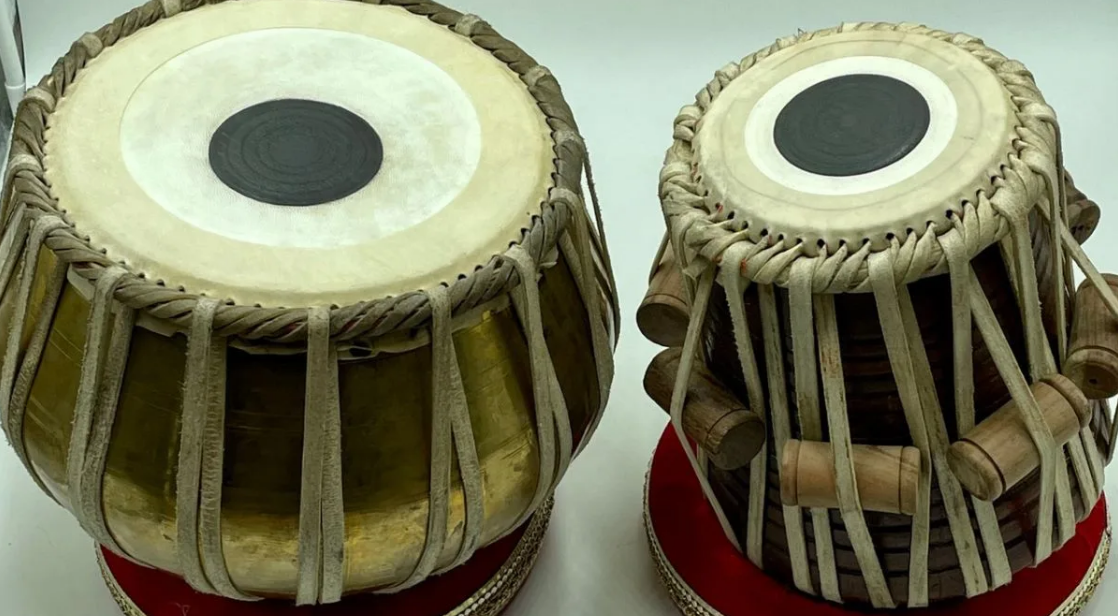 Banarasi Shehnai and Tabla Receive GI Tags: Varanasi’s Musical Heritage Honoured
Banarasi Shehnai and Tabla Receive GI Tags: Varanasi’s Musical Heritage Honoured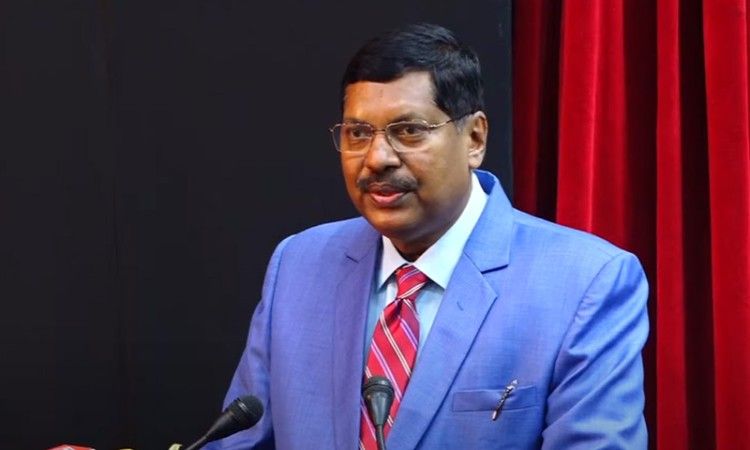 Justice BR Gavai to be appointed as 52nd Chief Justice of India
Justice BR Gavai to be appointed as 52nd Chief Justice of India Operation Chakra V: Tackling Digital Arrest Cyber Frauds in India
Operation Chakra V: Tackling Digital Arrest Cyber Frauds in India






